How Big Is A 400 Watt Solar Panel?
When considering the size of a 400-watt solar panel, it's essential to understand that the term "size" can refer to both the physical dimensions of the panel and its power output. In this article, we will delve into the physical dimensions, efficiency, and practical applications of a 400-watt solar panel, providing a comprehensive understanding of what to expect from such a panel.
Physical Dimensions of a 400-Watt Solar Panel
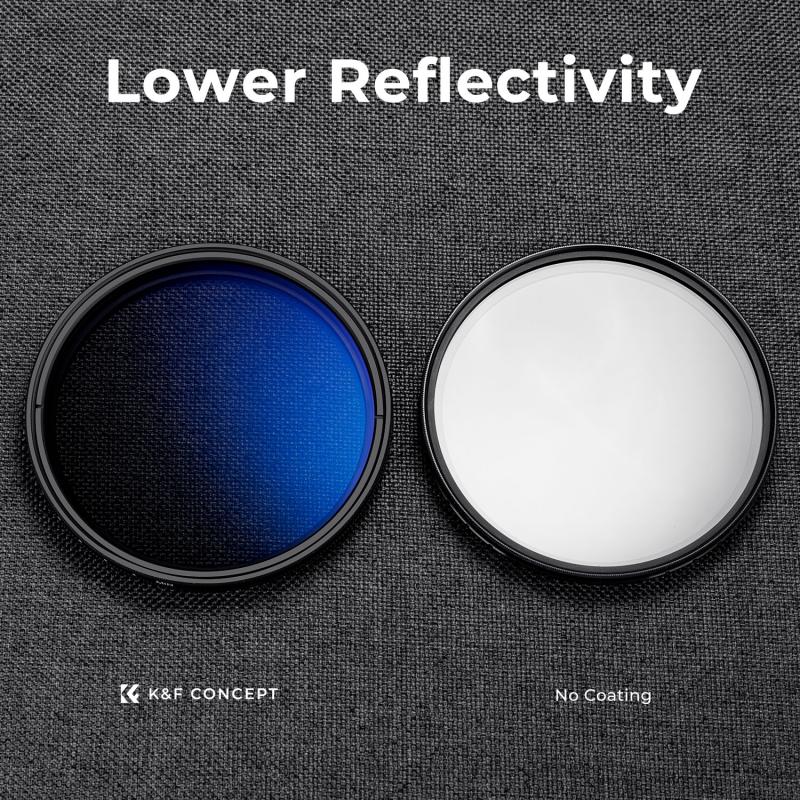
The physical size of a 400-watt solar panel can vary depending on the manufacturer and the technology used. However, most 400-watt panels are typically around 6.5 feet (2 meters) in length and 3.3 feet (1 meter) in width. This translates to approximately 78 inches by 39 inches or 2,028 square inches. The thickness of the panel can range from 1.2 to 1.6 inches, depending on the frame and the type of solar cells used.
The weight of a 400-watt solar panel is also an important consideration, especially for installation purposes. These panels generally weigh between 40 to 50 pounds (18 to 23 kilograms). The weight can vary based on the materials used in the frame and the type of glass covering the solar cells.
Efficiency and Technology
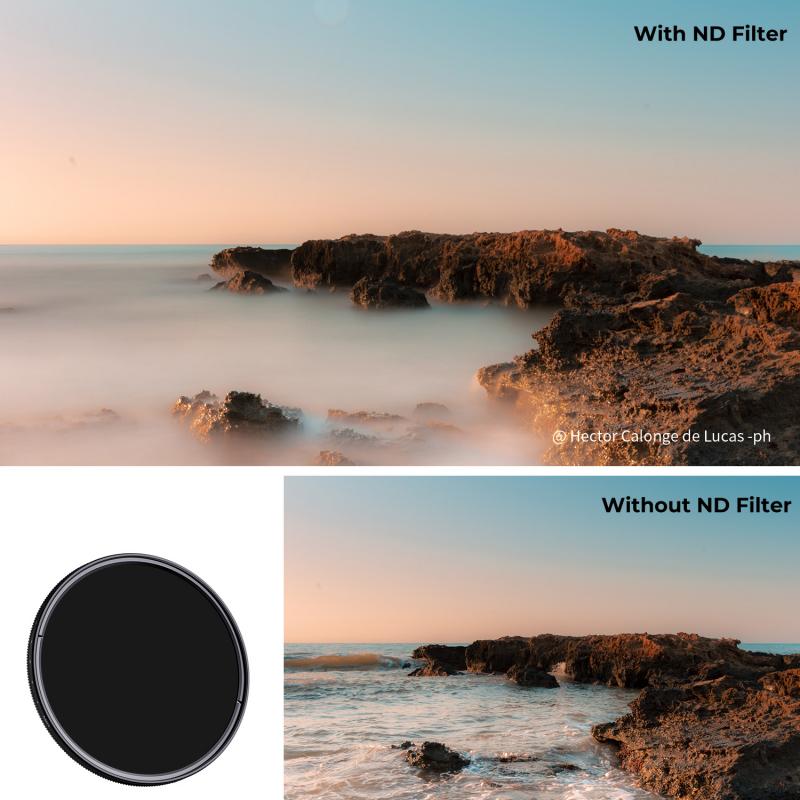
The efficiency of a solar panel is a measure of how well it converts sunlight into electricity. A 400-watt solar panel typically has an efficiency rating between 18% and 22%. Higher efficiency panels are usually made with monocrystalline solar cells, which are known for their superior performance and longevity. Polycrystalline panels, while generally less efficient, can also be found in the 400-watt range but are less common.
The efficiency of a solar panel directly impacts its physical size. Higher efficiency panels can produce the same amount of power as lower efficiency panels but in a smaller footprint. This is why two 400-watt panels from different manufacturers might have slightly different dimensions.
Practical Applications
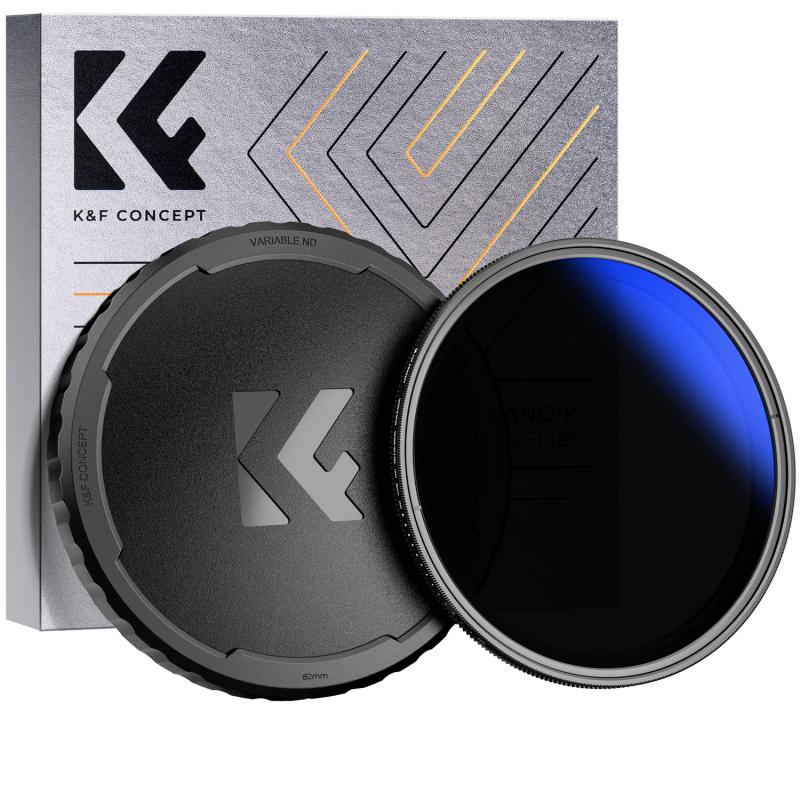
A 400-watt solar panel is a versatile and powerful option for various applications. Here are some common uses:
Residential Solar Systems

For homeowners looking to reduce their electricity bills and carbon footprint, a 400-watt solar panel is an excellent choice. These panels can be installed on rooftops or in ground-mounted arrays. A typical residential solar system might consist of 10 to 20 panels, depending on the household's energy needs and available space. With each panel producing 400 watts, a 10-panel system would generate 4,000 watts (4 kW) of power, which is sufficient for many homes.
Off-Grid Systems
For those living in remote areas or seeking energy independence, a 400-watt solar panel can be a crucial component of an off-grid system. These panels can be used to charge batteries, providing a reliable source of electricity for cabins, RVs, boats, and other off-grid applications. When paired with a suitable battery bank and inverter, a 400-watt panel can power essential appliances and devices.
Commercial and Industrial Applications
Businesses and industrial facilities can also benefit from 400-watt solar panels. These panels can be used to offset energy costs, reduce reliance on the grid, and contribute to sustainability goals. Large-scale solar installations, such as solar farms, often use high-wattage panels to maximize energy production in a given area.
Installation Considerations
When installing a 400-watt solar panel, several factors need to be considered to ensure optimal performance and longevity:
Orientation and Tilt
The orientation and tilt of the solar panel are critical for maximizing energy production. In the Northern Hemisphere, panels should generally face south, while in the Southern Hemisphere, they should face north. The tilt angle should be adjusted based on the latitude of the installation site to capture the maximum amount of sunlight throughout the year.
Shading
Shading can significantly reduce the efficiency of a solar panel. It's essential to install panels in a location that receives full sunlight for most of the day. Even partial shading from trees, buildings, or other obstructions can impact performance.
Mounting Systems
The mounting system used to secure the solar panel is also important. Roof-mounted systems are common for residential installations, while ground-mounted systems are often used for larger arrays. The mounting system should be sturdy and designed to withstand local weather conditions, including wind and snow loads.
Inverters and Electrical Components
A solar panel is just one part of a complete solar energy system. Inverters, which convert the direct current (DC) produced by the panels into alternating current (AC) used by most appliances, are also necessary. Additionally, proper wiring, connectors, and safety devices must be installed to ensure the system operates efficiently and safely.
Cost and Return on Investment
The cost of a 400-watt solar panel can vary based on the manufacturer, technology, and market conditions. As of 2023, the price of a 400-watt panel typically ranges from $200 to $400. While the initial investment can be significant, the long-term savings on electricity bills and potential incentives, such as tax credits and rebates, can make solar panels a cost-effective solution.
The return on investment (ROI) for a solar panel system depends on several factors, including the cost of electricity in your area, the amount of sunlight your location receives, and the efficiency of the system. On average, homeowners can expect to recoup their investment in 5 to 10 years, with the panels continuing to produce electricity for 25 years or more.
Environmental Impact
One of the most compelling reasons to invest in solar panels is their positive environmental impact. Solar energy is a clean, renewable resource that reduces greenhouse gas emissions and dependence on fossil fuels. By installing a 400-watt solar panel, you contribute to a more sustainable future and help combat climate change.
A 400-watt solar panel is a powerful and versatile option for a wide range of applications, from residential and off-grid systems to commercial and industrial installations. Understanding the physical dimensions, efficiency, and practical considerations of these panels can help you make an informed decision and maximize the benefits of solar energy. Whether you're looking to reduce your electricity bills, achieve energy independence, or contribute to a greener planet, a 400-watt solar panel is a valuable investment.


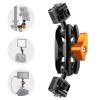

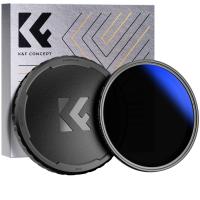
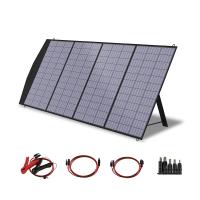
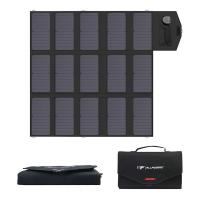
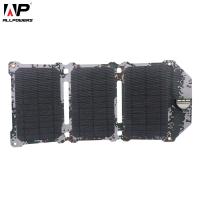
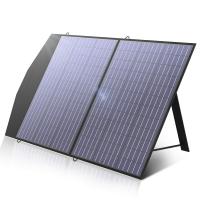
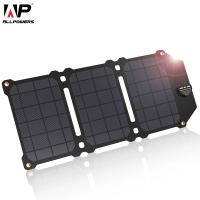
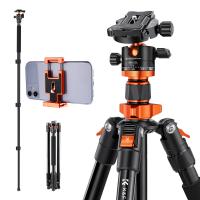

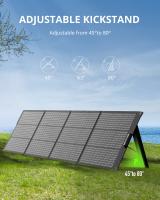
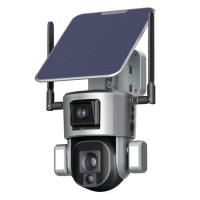
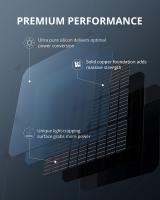
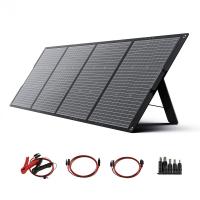


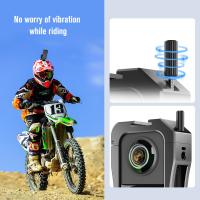
There are no comments for this blog.